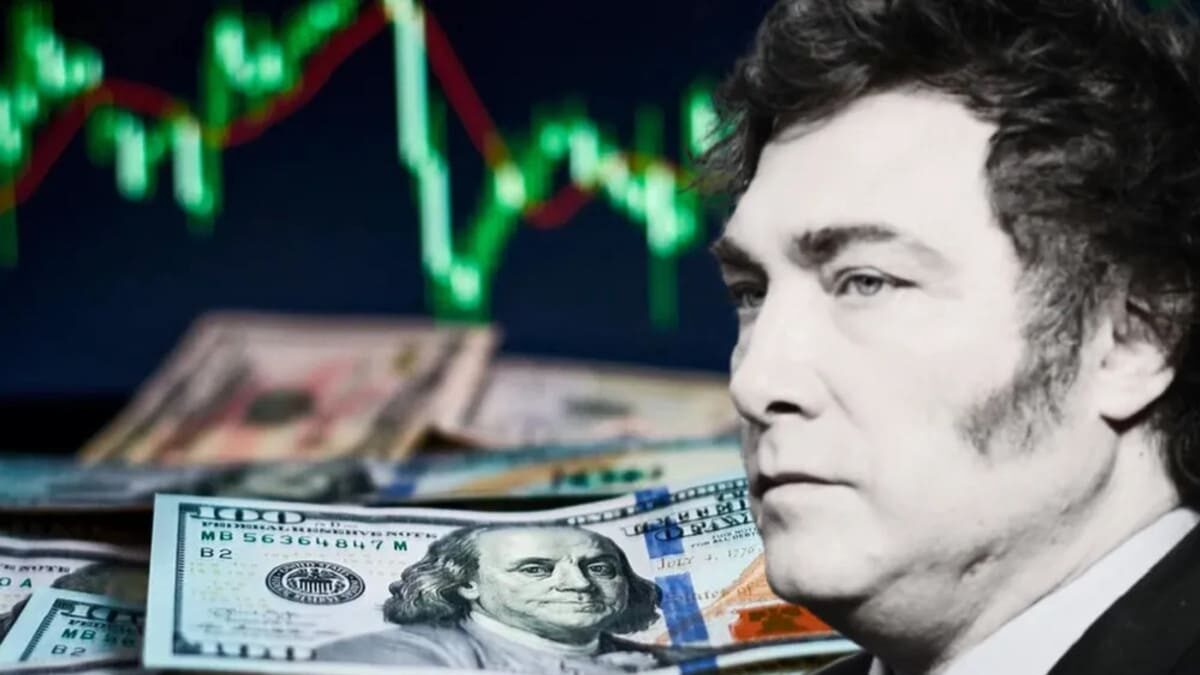Global analysts project a dollar at $1.306 and reserves of $34.1 billion by 2025.


A new consensus report prepared by LatinFocus revealed projections from international investment banks and consulting firms on the key economic variables that will shape Argentina 's course this year and next. Among the most significant data, the official dollar is estimated to reach 1,306 pesos in December, while the Central Bank 's reserves are expected to reach USD 34.1 billion.
The report—corresponding to April 2025—is part of the FocusEconomics Consensus Forecast, a monthly reference for investors, companies, and multilateral organizations. Based on a panel of up to 40 analysts, the document compiles key macroeconomic estimates for all Latin American countries.
According to the consensus among experts, the official exchange rate will close 2025 at around $1.306 per dollar. By the end of 2026, the projection is $1.510 . However, the range of responses reflects the uncertainty surrounding exchange rate policy: some estimate a floor of $1.060, while the highest estimates reach $1.710.
Over the longer term, the range of estimates widens even further. For 2026, projections range from $1,045 to $2,330 per dollar . This dispersion shows that, beyond the apparent nominal stability, doubts persist about the consistency of the exchange rate regime, political risks, and the evolution of the real economy.
The report clarifies that none of these forecasts should be taken as accurate predictions. The projections are based on recent data, including monetary policy decisions, negotiations with international organizations, and the local and international political context.
Another focus of the report is the level of the Central Bank 's international reserves. According to the panel, reserves are expected to reach USD 34.1 billion by the end of 2025 and continue to rise through 2026, reaching USD 39.5 billion.
This increase would be supported by an estimated trade surplus of USD 11.4 billion this year and USD 10.3 billion next year. However, the current account balance of payments is expected to show a slight deficit of 0.4% of GDP in 2025 and 0.5% in 2026, reflecting certain persistent imbalances.
The expected evolution of reserves also depends on foreign direct investment, access to external financing, and public debt management. The report highlights that the growth of foreign currency reserves will be key to maintaining exchange rate stability and reducing economic volatility.
The average inflation projection for 2025 is 42.9%, with an estimated drop to 25.5% in 2026. In terms of economic activity, the report forecasts a 4.8% recovery in real GDP this year and an additional 3.5% growth next year.
Regarding interest rates, a more accommodative monetary policy is projected: 26.8% at the end of 2025 and 18.4% at the end of 2026. Regarding debt, a reduction in public debt is expected from 76.7% to 73.3% of GDP.
The labor market is also expected to show a slight improvement, with the unemployment rate projected at 7.2% this year and 6.9% next. Industrial production is expected to grow by 6.4% in 2025 and 3.7% in 2026, driven by the export boom.
Exports are expected to reach USD 82.5 billion this year, while imports are projected to reach USD 71.1 billion. By 2026, foreign trade is projected to expand to USD 86.7 billion in exports and USD 77.2 billion in imports.
LatinFocus has become a standard reference for those making investment, hedging, and economic planning decisions. Its methodology—based on a standardized questionnaire and the geographic diversity of its participants —ensures robust data, which reflect not only averages but also the dispersion of opinions among different analysts.
This dispersion, far from being a weakness, acts as a barometer of macroeconomic uncertainty . In Argentina's case, the divergences between the most optimistic projections and the most stressful scenarios show the extent to which the economic future depends on the political decisions made in the coming months.
elintransigente




